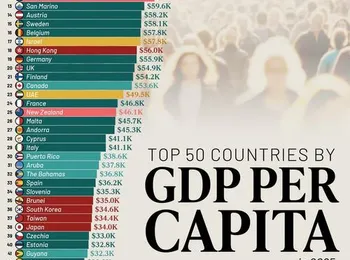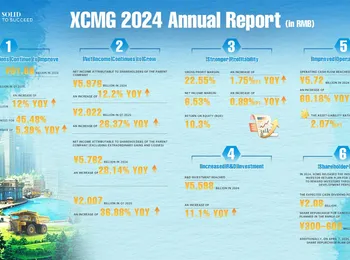Asia-Pacific stocks faced a challenging start to the week, with investors grappling with rising trade tensions, potential interest rate cuts, and significant shifts in oil supply. Markets were poised to open lower on Monday as investors meticulously analyzed the U.S.'s latest round of tariffs, a closely watched jobs data report that dampened Wall Street’s performance, and growing speculation about a forthcoming rate cut by the Federal Reserve next month. These factors combined to fuel concerns about escalating inflation and a potential economic slowdown, impacting investor sentiment across the region. Futures tied to the broad-based MSCI Asia Pacific Index decreased by 0.05%, while the Nikkei 225 index edged up 0.06% as of 7:55 a.m. Singapore time (7:55 p.m. Sunday ET), reflecting a cautious approach to the trading day. The Dow Jones Industrial Average saw a decline of 12 points or 0.03% during the same period.
Japan’s benchmark, the Nikkei 225, was slated to open lower, with futures contracts in Chicago at 39,965, mirroring broader regional anxieties. Its counterpart in Osaka last traded at 39,900, significantly below Monday’s close of 40,799.60, indicating a pessimistic outlook for the day’s trading. Similarly, Hong Kong’s Hang Seng Index futures stood at 24,282, pointing to a weaker opening compared with the HSI’s last close of 24,507.81. Australia’s S&P/ASX 200 was also set to begin the day lower, with futures tied to the benchmark at 8,587, contrasting with its previous close of 8,662. These movements highlight a synchronized downturn across key Asian markets.
OPEC+'s recent decision to significantly increase oil production emerged as a pivotal factor. The group agreed to a substantial output hike of 547,000 barrels per day for September, representing the latest in a series of accelerated increases designed to regain market share. This move was driven by concerns regarding potential supply disruptions stemming from Russia and bolstered by a perception of a healthy global economy and relatively low oil inventories. "Given fairly strong oil prices at around $70, it does give OPEC+ some confidence about market fundamentals," stated Amrita Sen, co-founder of Energy Aspects, emphasizing the market structure’s indication of tight stocks. The impact on crude prices was evident, with Brent crude falling 43 cents, or 0.62%, to $69.24 a barrel by 2218 GMT, and West Texas Intermediate (WTI) down 39 cents, or 0.58%, to $66.94 a barrel, both experiencing declines mirroring Friday’s close. Friday’s market performance was dominated by a weaker-than-expected jobs report, which intensified worries about a significant economic slowdown. The S&P 500 closed lower at 6,238.01, while the Nasdaq Composite retreated 2.24% to 20,650.13, and the Dow Jones Industrial Average finished the session 542.40 points, or 1.23%, to 43,588.58. These movements underscore the prevailing uncertainty and risk aversion among investors. The combination of trade disputes, monetary policy considerations, and energy market dynamics created a volatile environment, demanding careful monitoring and strategic decision-making from investors across the Asia-Pacific region."
























